One of the most remarkable recent occurrences in mathematics is the re-founding, on a rigorous basis, the idea of infinitesimal quantity, a notion which played an important role in the early development of the calculus and mathematical analysis. In this new and updated edition, basic calculus, together with some of its applications to simple physical problems, are presented through the use of a straightforward, rigorous, axiomatically formulated concept of ‘zero-square’, or ‘nilpotent’ infinitesimal – that is, a quantity so small that its square and all higher powers can be set, to zero. The systematic employment of these infinitesimals reduces the differential calculus to simple algebra and, at the same time, restores to use the “infinitesimal” methods figuring in traditional applications of the calculus to physical problems – a number of which are discussed in this book.
This edition also contains an expanded historical and philosophical introduction.

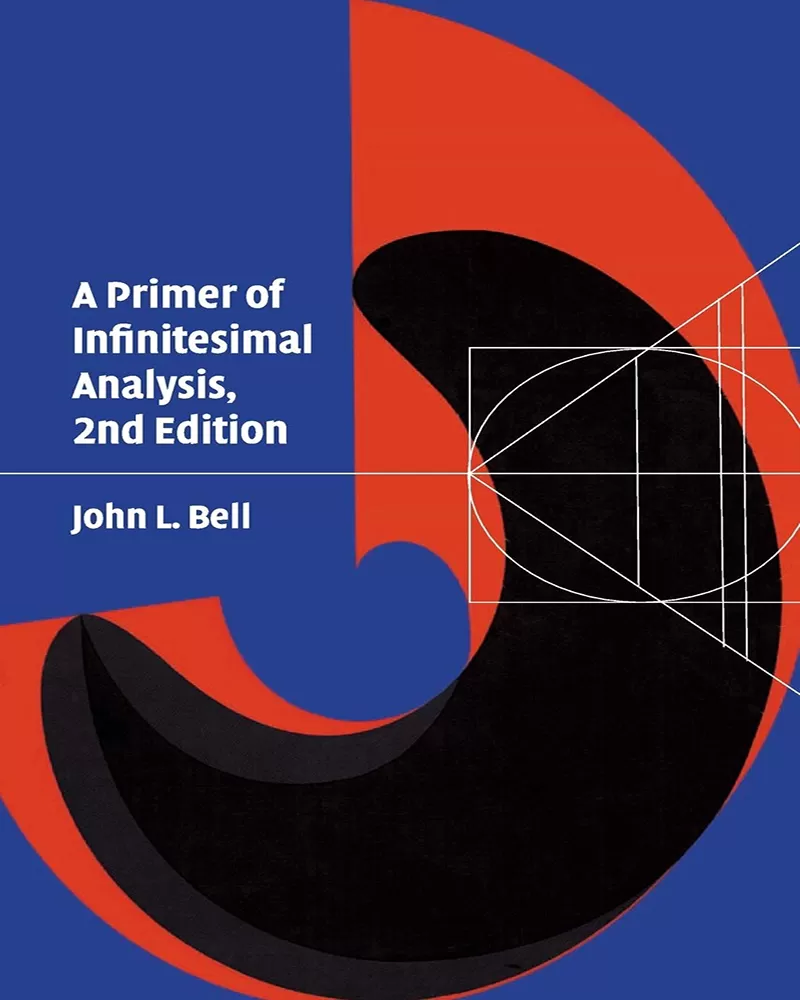

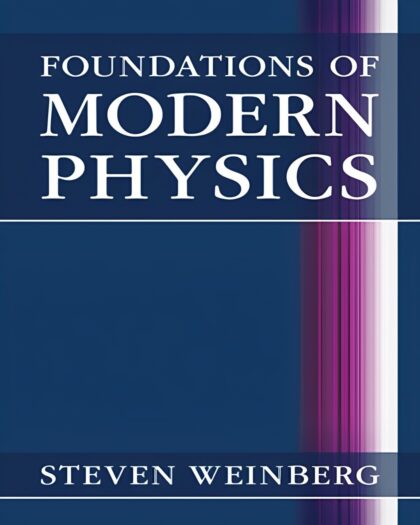
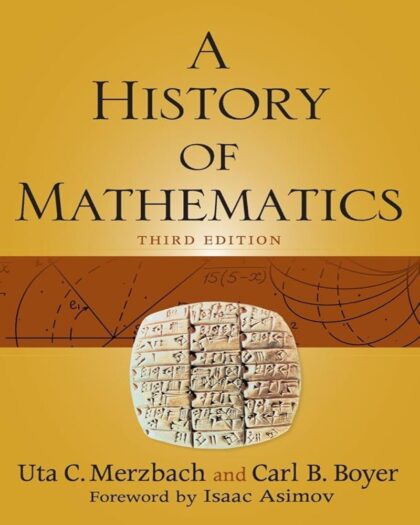
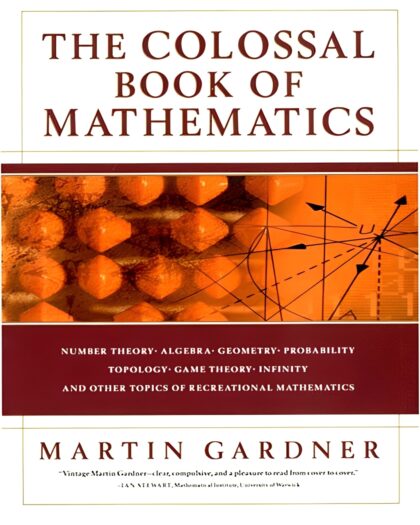
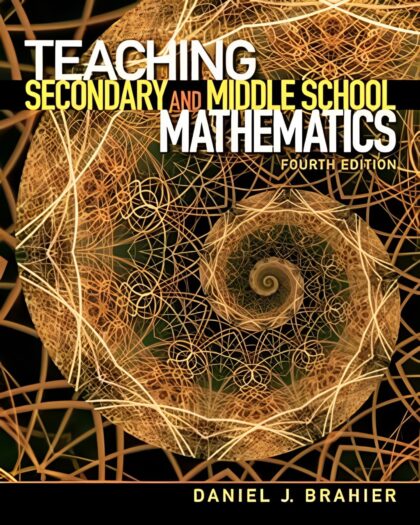
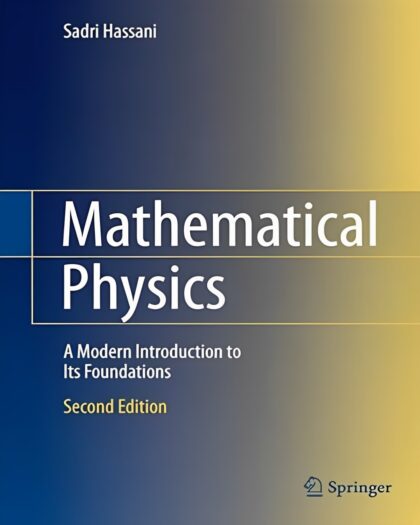



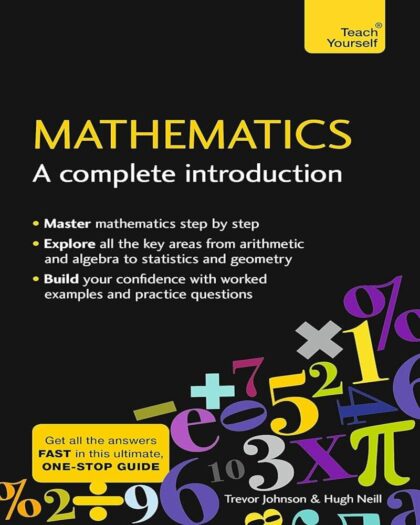



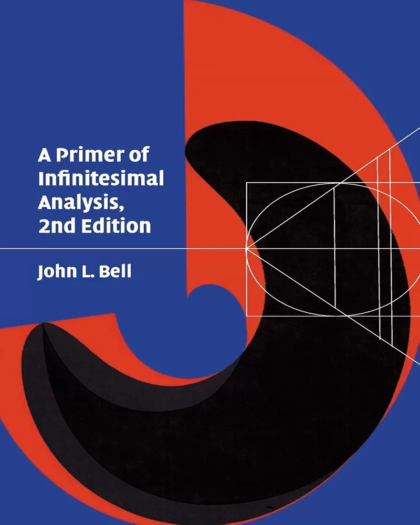
important and finely-rendered book is not widely
appreciated. Why so slow everyone? Are we in
a Dark Age? Nature abhors the perfect discontinuity.
Natura non facit saltus! Smoothness rules, okay?
Bell's original concept of the Smooth World is really a kind of exponential set for all real Euclidean spaces from which the very reasoning of mathematical truth value can be deduced to simple algebra. The primer makes it clear and concise how to utillize the axiomatic method of smooth analysis that I see far-reaching potential for more rational, truthfull; philosophy, logic, and physics of all forms. By simply excluding the Law of Excluded Middlle from the calculus and doing much more pure calculus and logic, numbers themselves have a much more continuous and fluid nature as non-rigidity elements for fields and surfaces. Bell's usage of the intuistionistic logic and his own smooth worlds model has found applications recently to economic thought such as those discovered by K. Prasad.
A Primer of Infinitesimal Analysis can be regarded as the manifesto for the future of foundational calculus that is a new synthesis of logical mathematical modeling. This work may not precisely be regarded primarily as infinitesimal calculus or analysis in the earlier developed models (with regards to discontinuous and differentiated numerical basis'.) Rather Bells propositions through smooth worlds over the real analytic basis provide an interpretation for that basis that has the applicative result of something called a microvector for things might I suggest: affine quantum computing and quantum unification of the light-cone metric into quantum gravity within fractal measureable smooth sets. The physicist Weyl was an adherent to infinitesimal concepts in his affine models of the projective metric, and this primer is the spark of things to come.
All math and science enthusiasts including philosophers and logicians should have a copy of this book at hand; it is a fun and intuitive book to read cover to cover and it is also a manifest treasure of knowledge you can apply to time, consciousness, and interpret how things may really work in nature.
Readers who want to get to the applications can skim through much of the first chapter, on historical and philosophic motivations for the approach.
But a word for specialists: the book is also valuable as an exploration of this approach, called "synthetic differential geometry". This was created to make calculus more accessible but most people writing about it have focussed on theoretical investigations, as it involves a number of very new ideas. By writing on the introductory level, with rather advanced geometric applications, Bell has brought out novel aspects of the approach. Logicians and mathematicians interested in this foundation for geometry, or in elementary topos theory, should see what he has done.